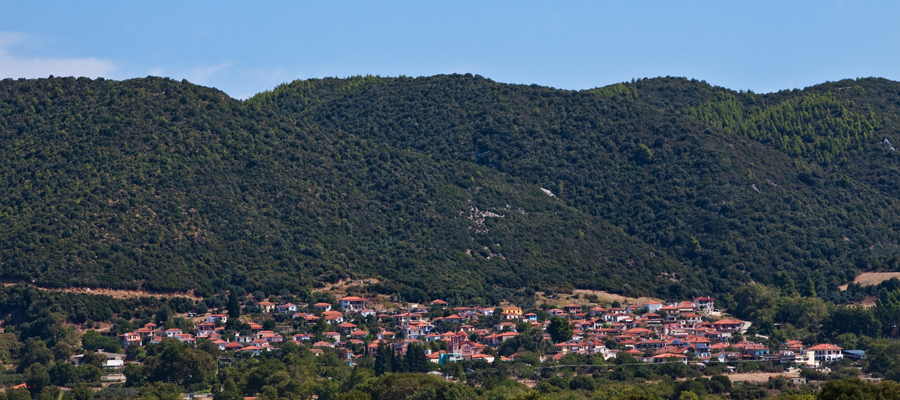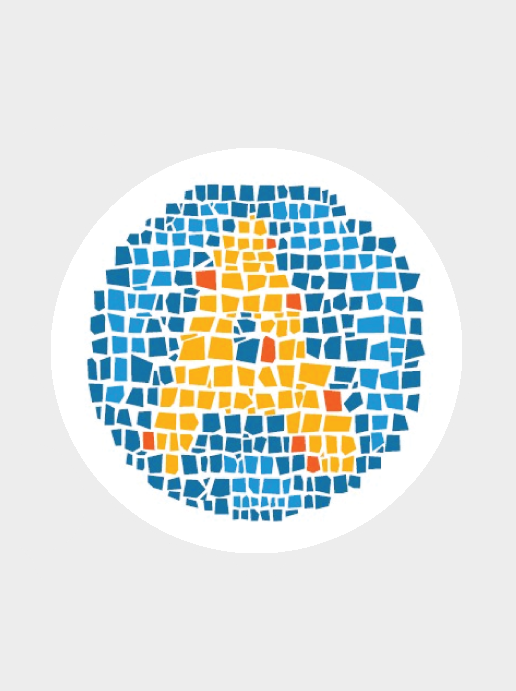Επάνω στον κεντρικό οδικό άξονα που ενώνει την Αρναία με την Ιερισσό και σε απόσταση 20 χλμ. από τη Μεγάλη Παναγιά βρίσκεται το Γομάτι, ένας όμορφος οικισμός που αξίζει την προσοχή σας. Από εδώ έχετε την ευκαιρία να προσεγγίσετε υπέροχες παραλίες όπως το Δεβελίκι, το Καστρί, τον Πύργο, τη Χιλιαδού, αλλά και πολλές κρυφές κοντά στο ακρωτήριο Αρκούδα, όπως το Πεταλίδι.
Σ’ αυτή την περιοχή, σύμφωνα με την αρχαιολόγο Ιουλία Βοκοτοπούλου, τοποθετείται η αρχαία πόλη Ασσηρα των Χαλκιδέων. Σύμφωνα με γραπτές πηγές, έως τον 9ο αιώνα το Γομάτι, ή «χώρα του Γομάτου» αποτελούσε μέρος του Αγίου Ορους και ήταν η «Καθέδρα των Γερόντων» του Αγίου Ορους, με τη μονή της Παναγίας του Γομάτου. Μεγάλο τμήμα του ανήκε στα μοναστήρια Μεγίστης Λαύρας, Ιβήρων, Διονυσίου και Ξηροποτάμου.
Σύμφωνα με μία εκδοχή, ο στρατηγός της Βυζαντινής Αυτοκρατορίας Γόρματος (ή Γόματος), είχε στη δικαιοδοσία του περιοχή της Λήμνου, όπου υπήρχε το χωριό με το όνομα «Γομάτου» και αργότερα «Γομάτι». Λόγω των πειρατικών επιδρομών αρκετοί από τους κατοίκους έφυγαν από τη Λήμνο για να γλιτώσουν. Κάποιοι από αυτούς κατέφυγαν στη Λέσβο, ενώ άλλοι στη βόρεια Χαλκιδική, όπου σε μία δασώδη και δυσπρόσιτη, αλλά ασφαλή από τους πειρατές, περιοχή στην πλαγιά του Κάκαβου, έκτισαν το Γομάτι. Το παλαιό Γομάτι ή «χώρα του Γόματου», ερείπια του οποίου διασώζονται ως τις μέρες μας, βρίσκεται σε απόσταση 4 χλμ. από τον σημερινό οικισμό. Το προστάτευαν τρεις πύργοι: του Ορφανού, του Κουνούπη και της Δεβελικίας.
Το χωριό Γομάτου συνυπήρχε με τη μονή της Θεοτόκου του Γομάτου πριν από το 942. Στα ύστερα βυζαντινά χρόνια το χωριό Γομάτου ήταν ένα από τα μεγαλύτερα του Θέματος της Θεσσαλονίκης, σύμφωνα με τη μελέτη της καθηγήτριας του Πανεπιστημίου του Χάρβαρντ, Αγγελικής Λαϊου. Το 1.400 μ.Χ η μονή Γομάτου έγινε μετόχι της Μεγίστης Λαύρας. Σήμερα διασώζονται μόνο τα ερείπια του πύργου του Ορφανού. Eντός αυτού κτίστηκε η εκκλησία του Αγίου Αθανασίου του Αθωνίτη*. Η καταστροφή του παλιού χωριού από τον σεισμό του 1932 ήταν η αιτία για τη μεταφορά του στη σημερινή τοποθεσία, μετόχι της μονής Μεγίστης Λαύρας που απαλλοτριώθηκε από το κράτος.
Από τα βυζαντινά χρόνια μέχρι σήμερα τα βασικά προϊόντα της αγροτικής οικονομίας του Γοματίου είναι τα σιτηρά, το λάδι, το κρασί, το μέλι και το τσίπουρο. Μεγάλο μέρος του ανδρικού πληθυσμού εργάζεται στα μεταλλεία Σιδηροκαυσίων-Μαντεμοχωρίων από την εποχή της Τουρκοκρατίας μέχρι σήμερα. Η μεγαλύτερη γιορτή-πανηγύρι στο Γομάτι γίνεται στις 15 Αυγούστου, στον κεντρικό ναό της Κοίμησης της Θεοτόκου.
* Πηγή: Καταγραφές του Πολιτιστικού Μορφωτικού Συλλόγου Γοματιανών Θεσσαλονίκης.
ΔΙΑΔΡΟΜΗ
Από τη Μεγάλη Παναγιά στο Παλαιό Γομάτι
Από το κέντρο της Μεγάλης Παναγίας ακολουθείτε τις πινακίδες προς το Προσκύνημα. Στην τελευταία πινακίδα που δείχνει προς τα αριστερά, εσείς οδηγείτε ευθεία και μπαίνετε στο χωματόδρομο που ήταν παλιά καλντερίμι. Συνεχίζετε χωρίς να στρίψετε σε κανέναν παράδρομο και στα 5,3 χλμ. περνάτε από τη βρύση και το χώρο αναψυχής στην θέση Μάννα. Περίπου στα 8 χλμ. θα δείτε αριστερά και δεξιά, ανάμεσα στα δέντρα, τα λιγοστά ερείπια του παλαιού Γοματίου, το οποίο ισοπεδώθηκε από το σεισμό του 1932.
Στα 8,4 χλμ. μπορείτε να κατεβείτε από το όχημά σας για να ψάξετε τον βυζαντινό πύργο που βρίσκεται αριστερά στους πρόποδες του βουνού. Σχεδόν 2 χλμ. παρακάτω θα δείτε πάνω στο δρόμο το δίτοξο γεφύρι του Αγίου Γεωργίου, δίπλα από το οποίο ξεκινάει το καλντερίμι που οδηγεί σε μια σπηλιά. Αφήνοντας πίσω σας το γεφύρι φτάνετε στον σύγχρονο οικισμό του Γοματίου, πίσω από την εκκλησία, έχοντας διανύσει 13 χλμ. συνολικά.
ΤΟ ΑΡΘΡΟ




